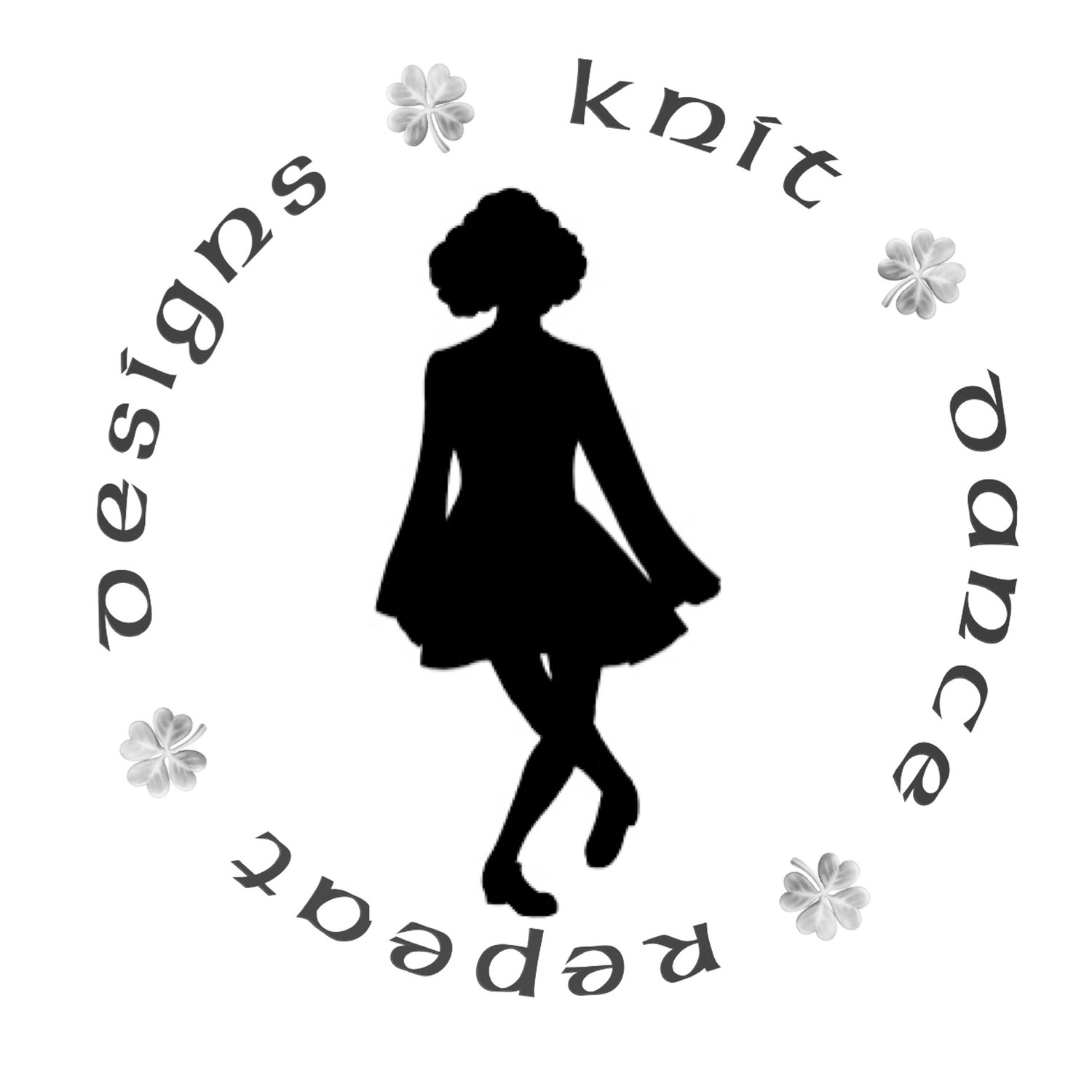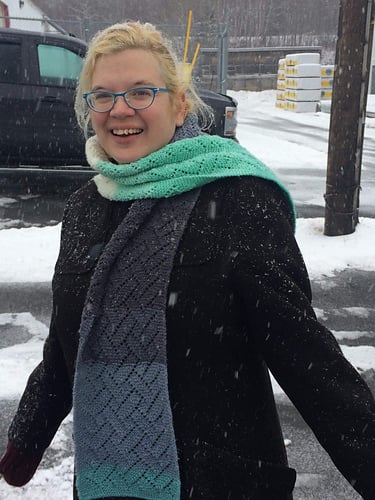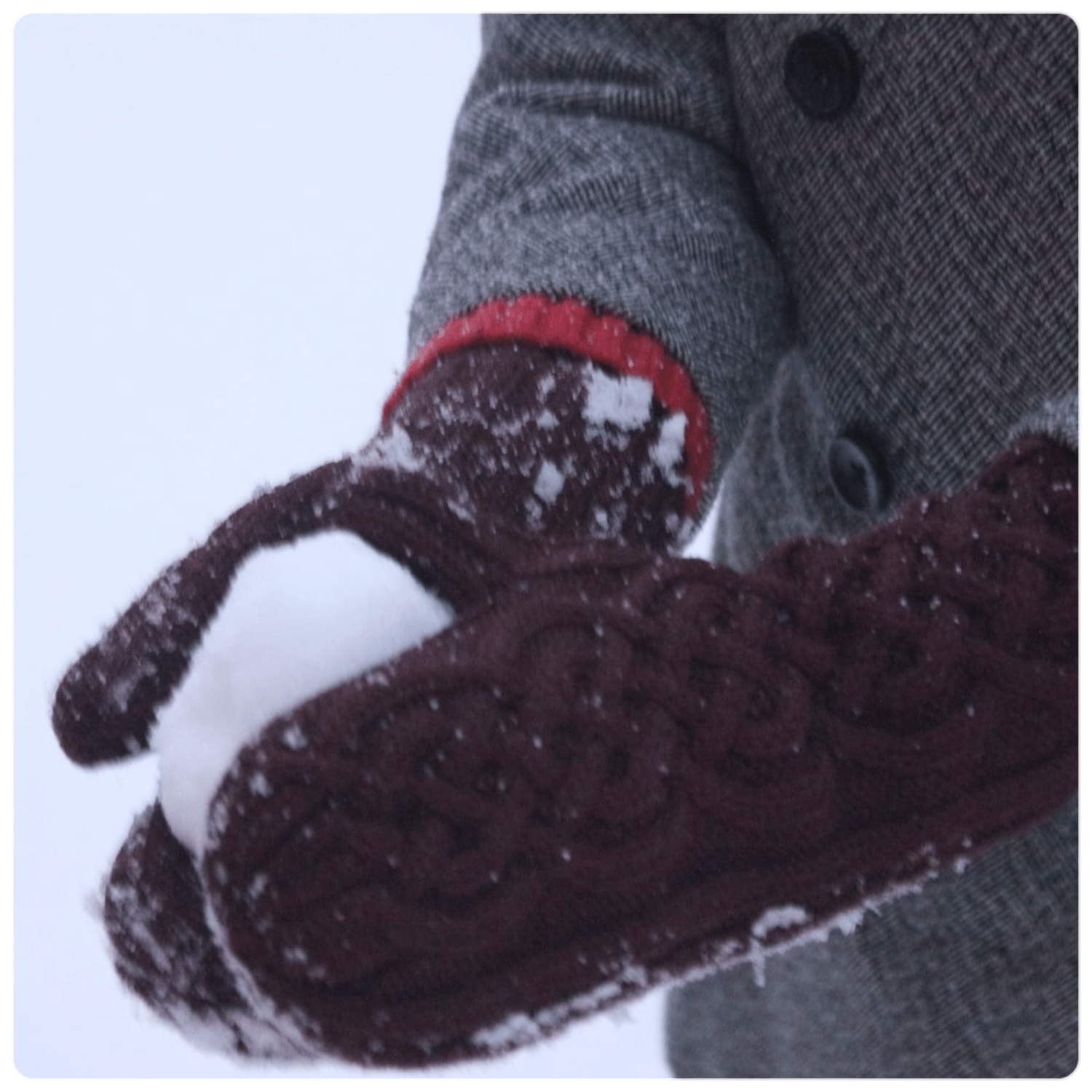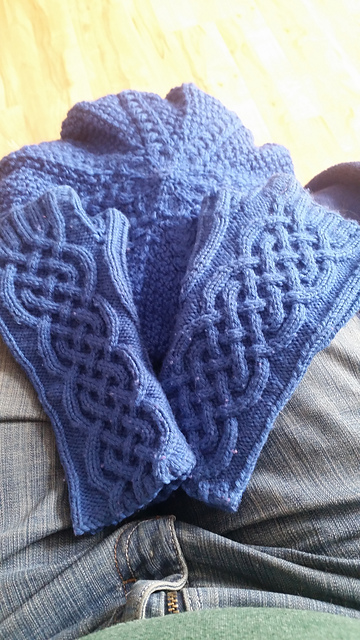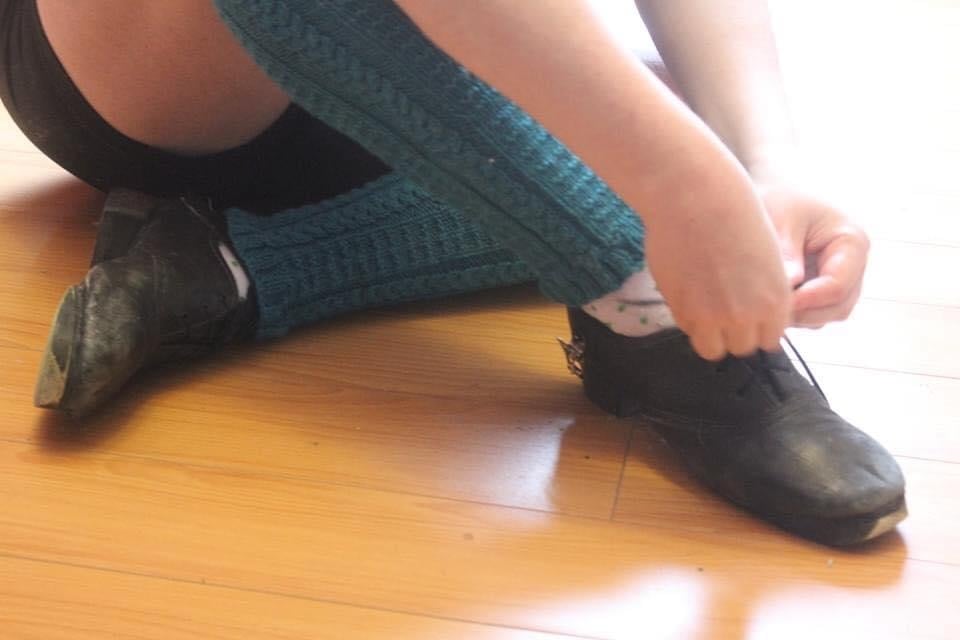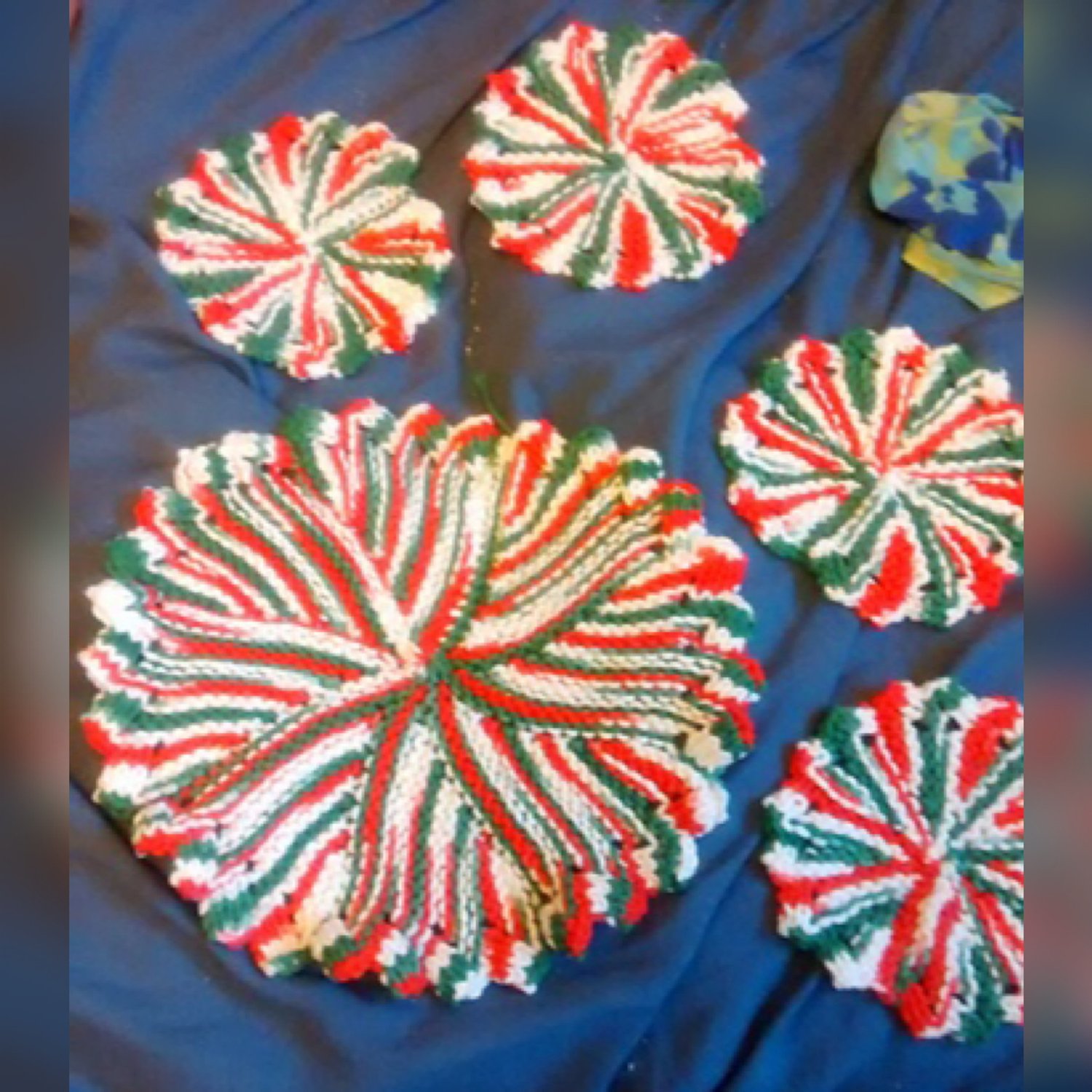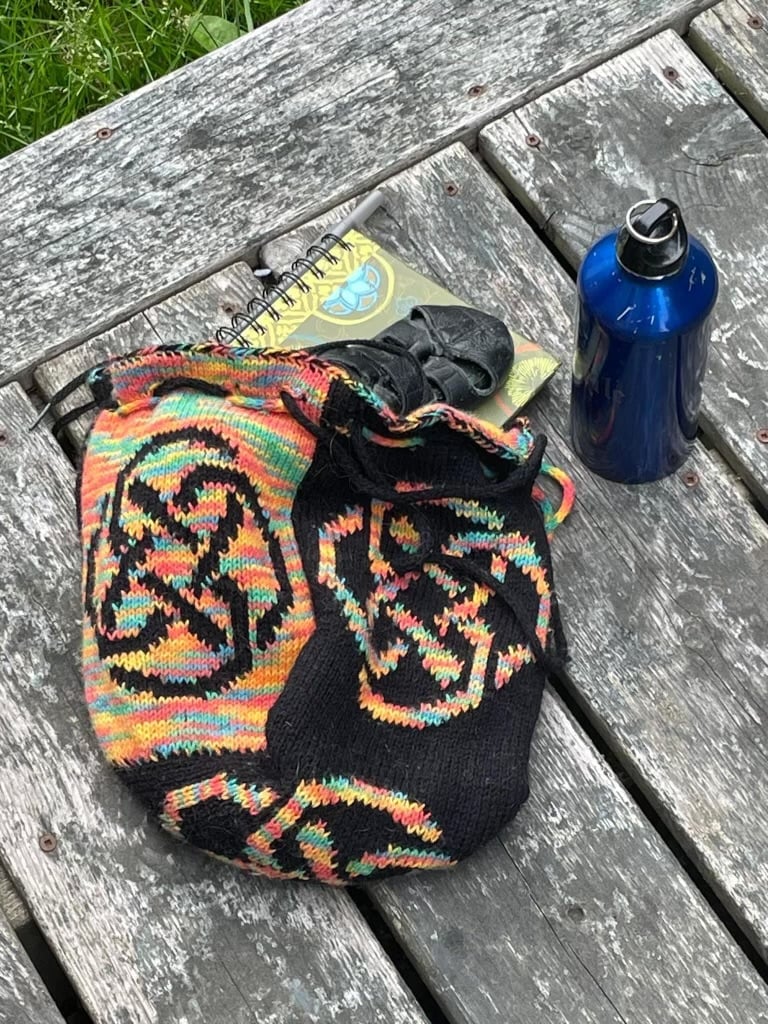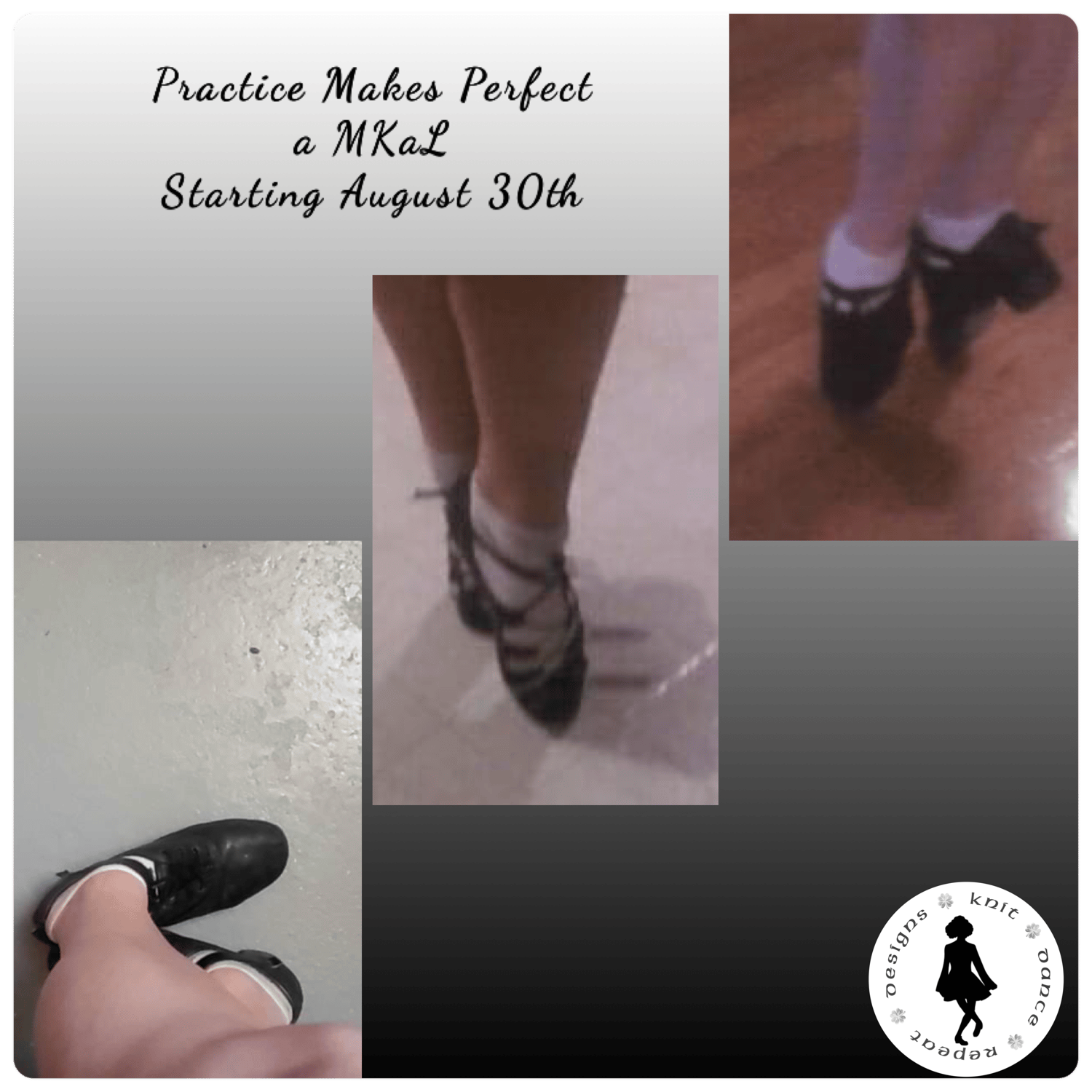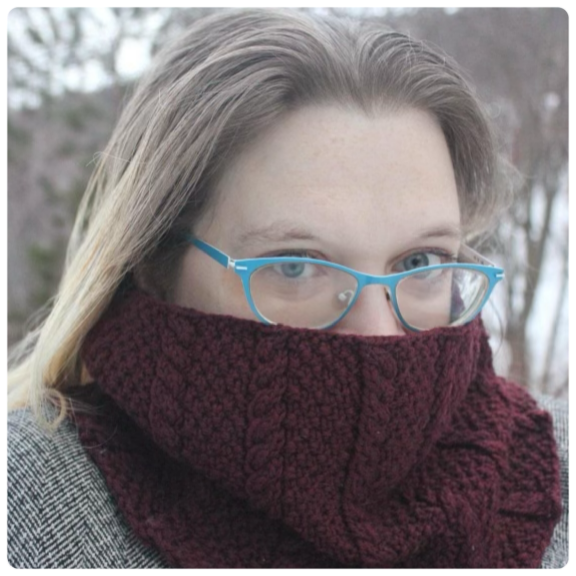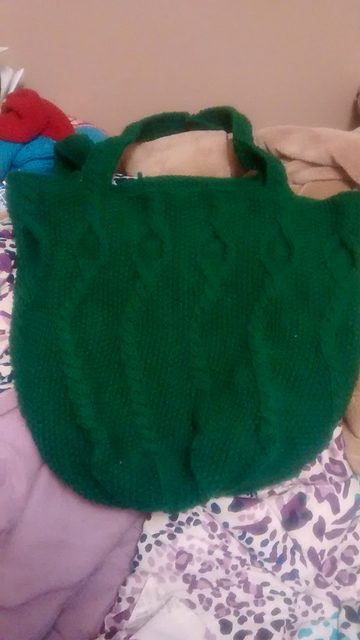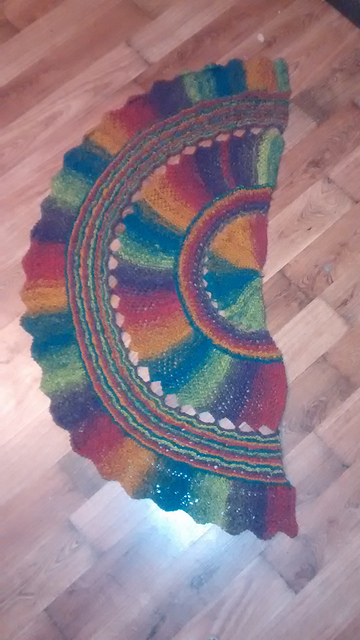
Light Jig Tam
On Sale
CAD6.50
Pay what you want:
(minimum CA$6.50)
CAD
The light jig is the second dance learned in most Irish dance schools. Like the light reel, it is done in softshoes (aka ghillies; gill-eez). The time signature is 6/8, and 6 sts lend themselves nicely to a braid cable. I’ve kept the Moss st as it’s a lovely frame for cables and looks a lot fussier than it is.
The Light Jig Tam is knit from the top down, in the round.
There are two pdfs included with your purchase. The first includes both written line by line instructions and a chart so the knitter can use whichever suits them best. The second pdf is a combination file that is both low vision and screen reader accessible. This file includes only the fully written line by line instructions presented in 24 point san serif font (Verdana) all-black text that has been completely left justified. There are no italics in this file; all emphasis has been done with bold type. Screen reader accessibilty has been tested using VoiceOver ie the included voice accessibility tool on iPhones and iPads.
Measurements: 10 inches / 25.4 cm across top
Size: fits heads up to 23 inches/58 cm circumference
Gauge: in Moss* st: 28 sts and 32 rnds = 4 inches/10cm
*Moss st in rnds over odd number of sts:
Materials:
Won't you dance with me?
The Light Jig Tam is knit from the top down, in the round.
There are two pdfs included with your purchase. The first includes both written line by line instructions and a chart so the knitter can use whichever suits them best. The second pdf is a combination file that is both low vision and screen reader accessible. This file includes only the fully written line by line instructions presented in 24 point san serif font (Verdana) all-black text that has been completely left justified. There are no italics in this file; all emphasis has been done with bold type. Screen reader accessibilty has been tested using VoiceOver ie the included voice accessibility tool on iPhones and iPads.
Measurements: 10 inches / 25.4 cm across top
Size: fits heads up to 23 inches/58 cm circumference
Gauge: in Moss* st: 28 sts and 32 rnds = 4 inches/10cm
*Moss st in rnds over odd number of sts:
- (K1, P1), rep to last st: K1
- (K1, P1), rep to last st: K1
- (P1, K1), rep to last st: P1
- (P1, K1), rep to last st: P1
Materials:
- 220 yds/202 m worsted weight yarn (Sample shown was knitted with Patons North America Classic Wool (100% wool; 212 yds/194 m = 100g) in “royal blue”)
- size 4.0 mm/US 6 needles to work in the round (I worked on dpns throughout), or size needed to obtain gauge
- st marker(s) (1 for beginning of round; 7 others if you want to mark each chart repeat)
- cable needle
- tapestry needle (for weaving in ends)
- knitting in the round, small circumference
- cable knitting
- increases: make 1 (M1; defined in the pattern); & knit into the front and back of the stitch (Kfb)
- decreases: knit 2 together (K2tog); & knit 2 together through their back loops (K2tog tbl)
- twisted stitch: knit through back of loop (K tbl)
Won't you dance with me?
